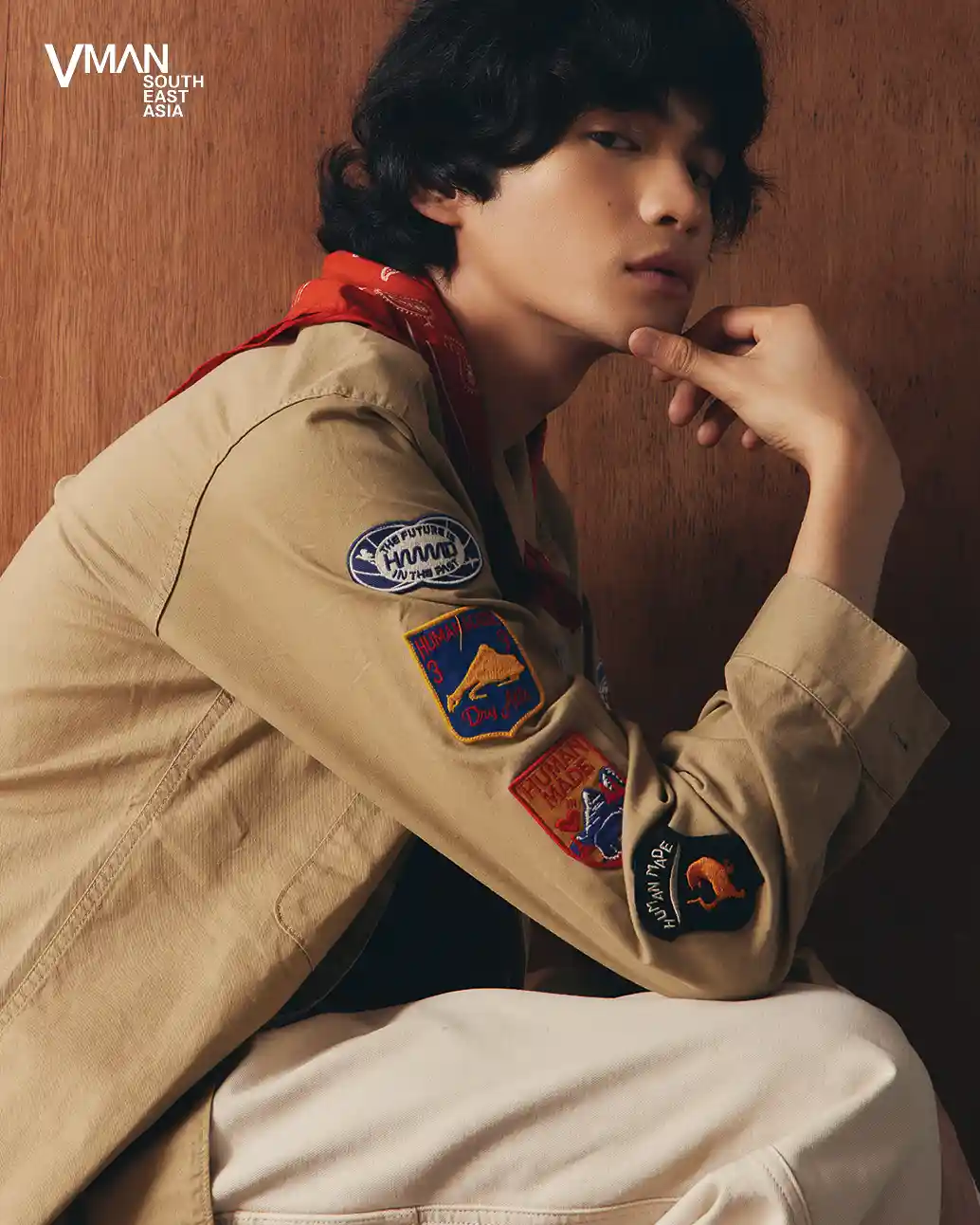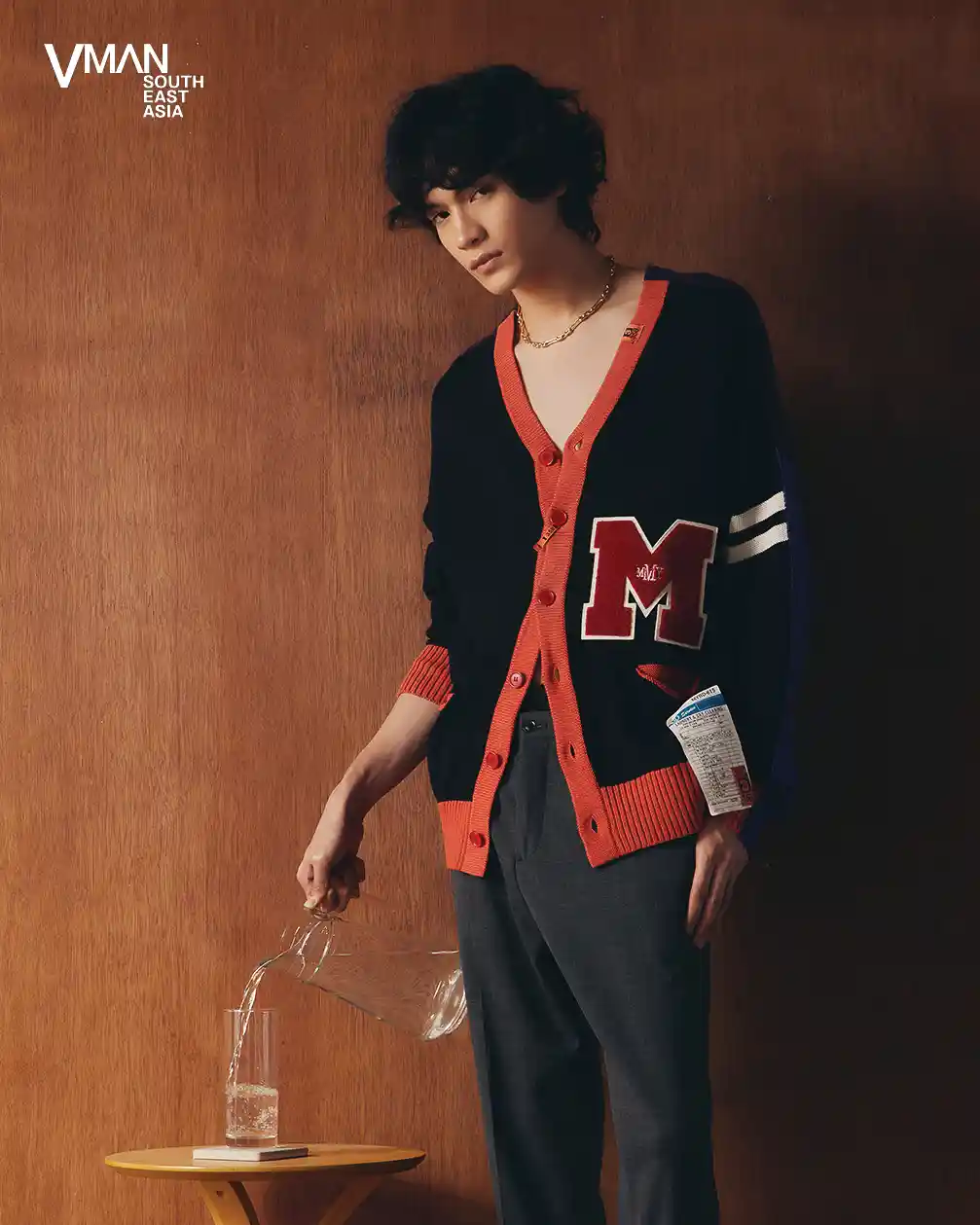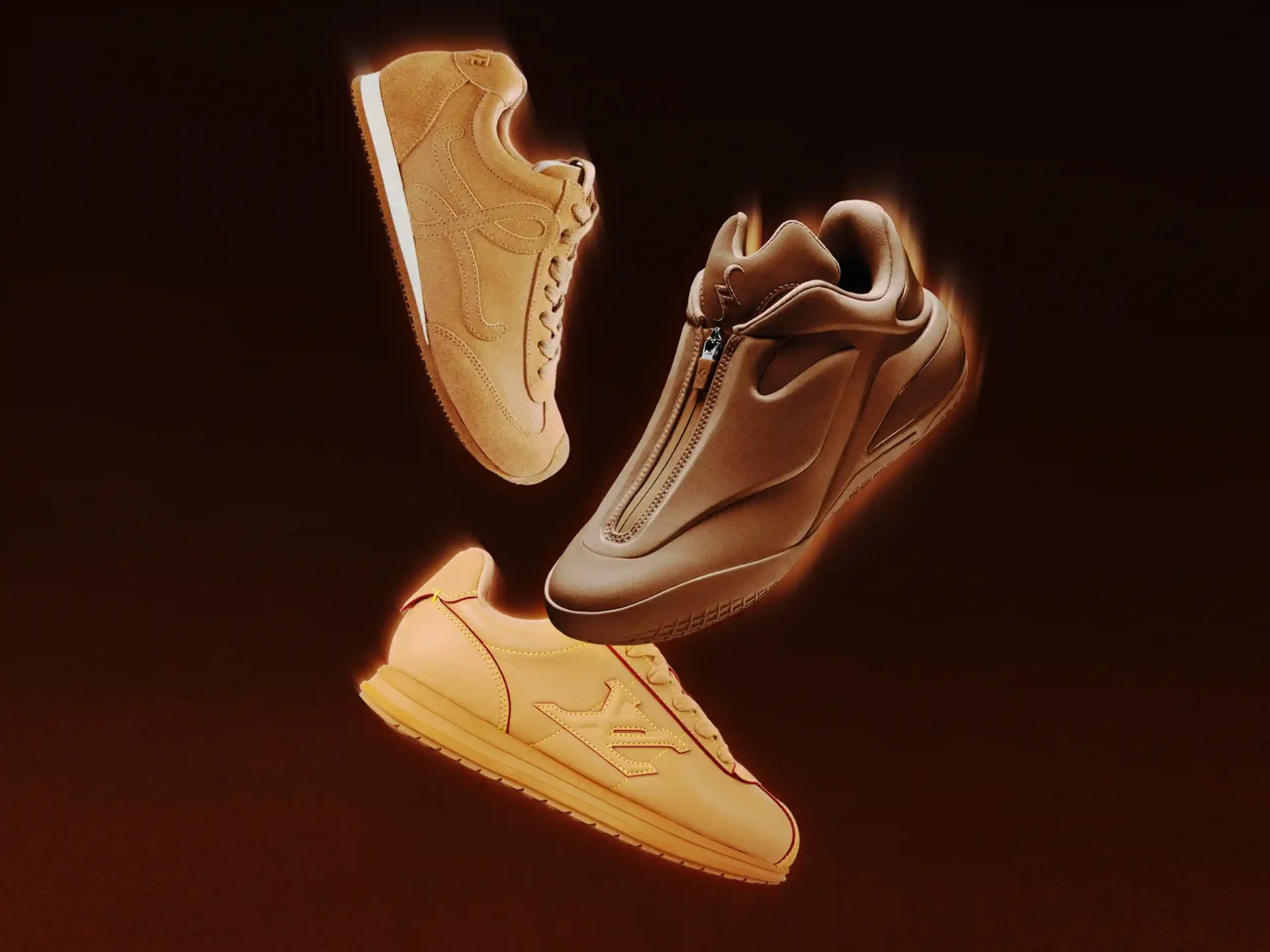A Small Patch Can Change Your Whole Outfit—Here’s How to Make It Work
Once a loud symbol of rebellion, the patch has evolved into menswear’s most thoughtful detail

For a long time, patches meant something literal. They were sewn-on signals and emblems of belonging. A denim jacket plastered in band logos. A scout sash dense with merit badges. A varsity sleeve crowded with chenille symbols of some collective past. It was a visual language built to be read in capital letters.
But recently, patches have shifted into something more personal. No longer about overt branding or teenage subculture, today’s patched pieces operate like footnotes or asides. A patch now feels like a choice made not to stand out, but to say something about how you see the world. And just as importantly, how you want the world to see you.
This resurgence owes less to trend cycles than to a broader change in how men are dressing now. After years of either over-logoed streetwear or overly sanitized minimalism, there’s a new appetite for clothing that shows some irregularity for pieces that look like they’ve lived a life. Patches offer precisely that: they introduce an element of imperfection and repair. Even when they’re newly sewn, they nod toward a narrative. A stitched square at the knee or a mismatched panel on the back of a shirt suggests history.
There’s also the tactile pull of it. Patches reintroduce dimension and texture to clothing in a way digital prints or sleek silhouettes rarely can. A raw-edged cotton square on a wool overcoat or a hand-stitched elbow on a washed canvas shirt can soften the stiffness of a garment. It breaks the uniformity. The result is clothes that feel more human and lived-in, without tipping into costume or craftcore.
ALSO READ: Sentimental Craftcore Is Here, And It’s the Next Big Thing in Menswear
Importantly, patches today aren’t ironic. They’re not a return to ’90s grunge or early-2000s irony. They’re not about kitsch. They’re about warmth, which explains why they’re showing up everywhere from classic outerwear to casual tailoring to reworked basics. Not in a statement way, but in a way that rewards a second glance.
And for the modern man, someone balancing the need to dress with some personality, but not wanting to overdo it, that second-glance quality is exactly the point. Patches provide a way to signal individuality without announcing it.
How to style it
The easiest mistake is going maximalist. A patched look works best when it’s treated with restraint. Think of a single patch, placed at the chest, the shoulder, or just above the knee, as punctuation. Start with classic base garments: a neutral jacket, a muted overshirt, or a well-worn pair of jeans. Then choose one piece that has visible patchwork and let that lead the conversation. Anything beyond that, and you risk veering into DIY overload.
Fit matters, too. Because patches add visual complexity, the silhouette should be clean. Slightly relaxed cuts work best. Avoid pairing patched garments with too many other distressed or detail-heavy pieces. Keep the rest simple. Solid T-shirts. Clean shoes. Maybe a cap, if you’re feeling casual.
If you’re experimenting for the first time, look for monochrome patches or tonal stitching. Those that are similar in color to the garment itself. These are low-risk and high-reward. They add depth without flash. From there, if you’re confident, go for contrast: a navy patch on an olive field jacket, or a cream patch on faded black denim.
Look for patched pieces that tell a story. Start with tonal or textured patchwork on outerwear or denim, and let the patch be the standout. Keep the rest of your outfit minimal with simple base layers and clean shoes. The goal is to look like your clothes have been lived in, not designed in a lab.
As seen in the pages of VMAN SEA 03: now available for purchase!
Photography Alan Segui
Art direction Mike Miguel
Fashion Corven Uy
Grooming Mickoy Robles of Nix Institute of Beauty
Model Lorenzo Rafael (Mercator)















